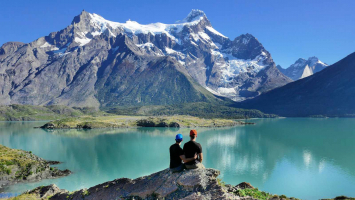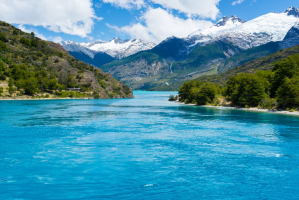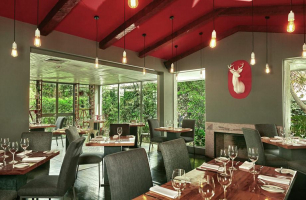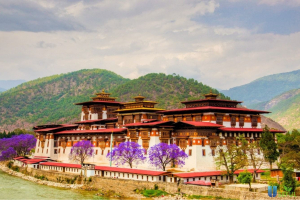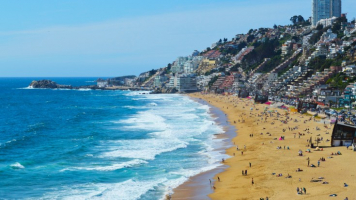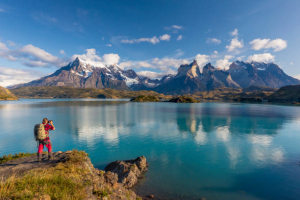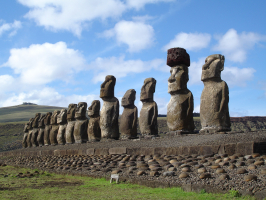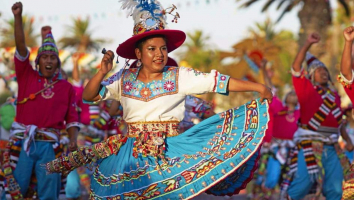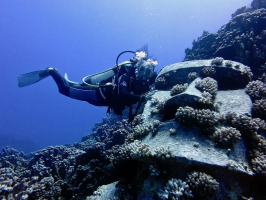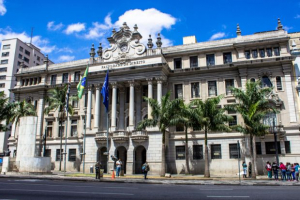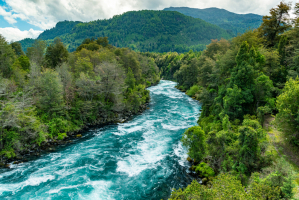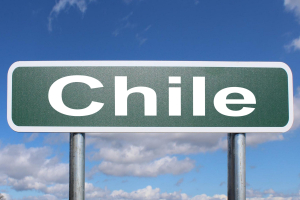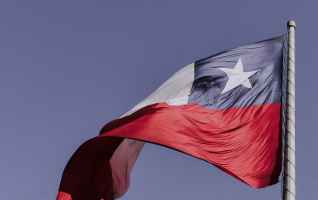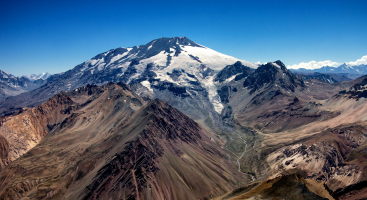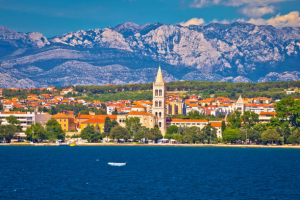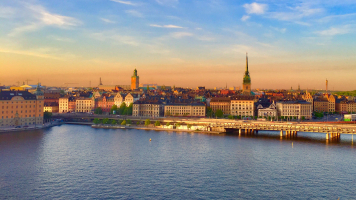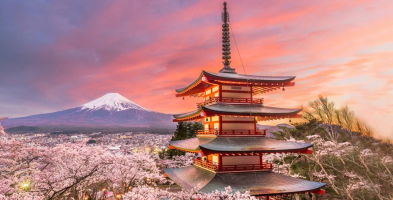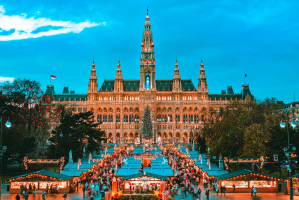Top 10 Sights in Chile You Must Visit
Chile has breathtaking scenery, locations you've never dreamed, and everything is quite close to you! Today, I'm going to show you several Chilean sights that ... read more...are stunning in terms of natural beauty. Chile is South America's second most popular tourist destination. Tourists will experience spectacular views ranging from the high peaks of the Andes and countless beaches to lush woods, old volcanoes, and dramatic coastal cliffs in this long and narrow country on South America's west coast. Chile also features an incredible number of exceptional national parks and conservation areas, archeological sites, museums, and other attractions. So, are you planning a trip to this nation but are unsure what to do? Then this is the post for you. Take a look!
-
Torres del Paine National Park is located in the Magallanes Region of Chilean Patagonia, in the country's far south. The park, which was established in the 1950s, covers an area of more than 242 thousand hectares, bringing together snowy peaks, lakes, rivers, glaciers, waterfalls, and huge plains in a single location. As a result, it is one of the most popular Chilean attractions.
The park is filled with natural splendor, including mountains, glaciers, and several lakes and rivers. The Cordillera del Paine, where the Patagonian steppes meet the subpolar woods in the north, is its most important section.
Hiking is the most popular way to spend time in the park because there are so many well-designed hiking paths. Many of them provide places to stay overnight, complete with all the necessities for people who have gone on a long trek in the mountains.
- Entrance fees: included in all-inclusive Packages and trekking circuits.
- Adults (+18 years old)
Daypass: CLP $7.300
+3 day pass: CLP $10.500 - Teens (between 12-17 years old)
Daypass: CLP $3.700
+3 day pass: CLP $10.500 - Free Pass
Childrens (under 12 years old)
Seniors (over 60 years old)
- Adults (+18 years old)
- Location: Magallanes and Chilean Antarctica, Chile
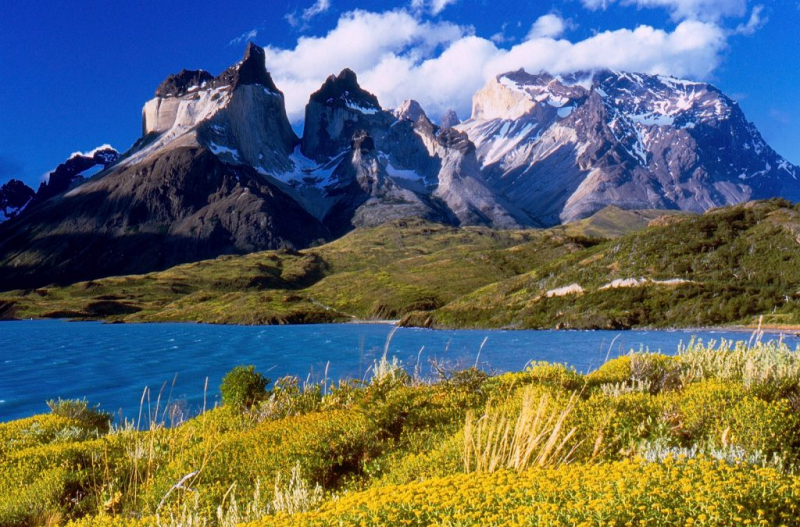
theculturetrip.com 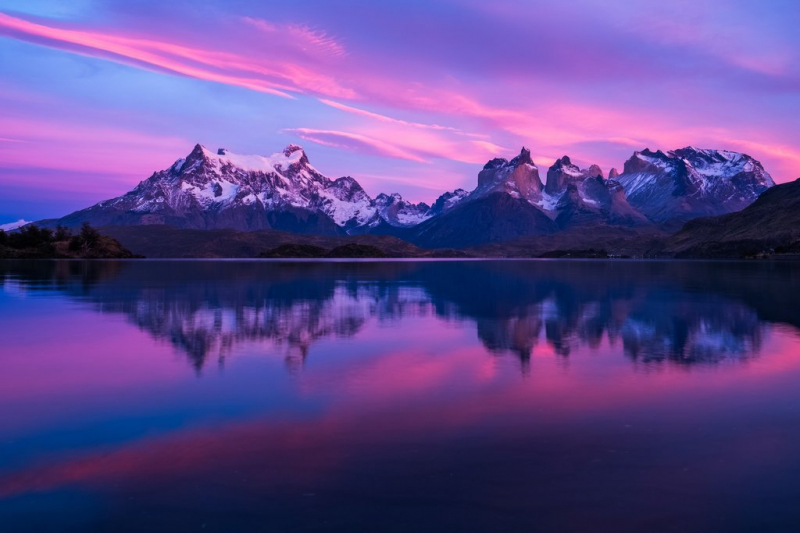
www.kimkim.com - Entrance fees: included in all-inclusive Packages and trekking circuits.
-
The Atacama Desert is a plateau in South America that stretches for 1,000 kilometers (600 miles) along the Pacific coast, west of the Andes Mountains. According to estimates, the Atacama Desert proper covers 105,000 square kilometers (41,000 square miles), or 128,000 square kilometers (49,000 square miles) when the desolate lower Andes slopes are included. The vast majority of the desert is made up of rocky terrain, salt lakes (salares), sand, and felsic lava flowing towards the Andes.
The Valle de la Luna acquired its name from its resemblance to the moon's surface. It is located about 30 kilometers from San Pedro de Atacama and features some beautiful sand and stone formations with a stunning texture and hue that resembles the moon surface.There are several dry lakes where the salt content at the surface creates a white coating that resembles the moon's surface.- Location: Salt Mountain Range.
- Duration recommended: Approximately 4 hours.
- Altitude: 2264 masl.
- Route: 38 kms.
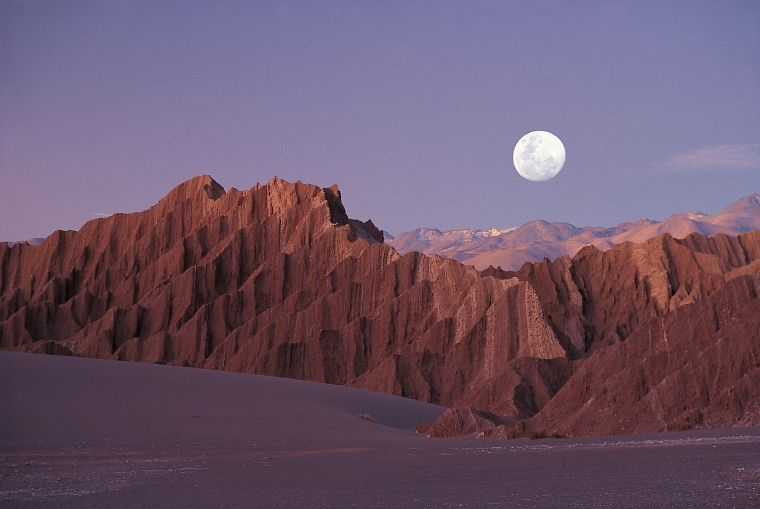
explore-atacama.com 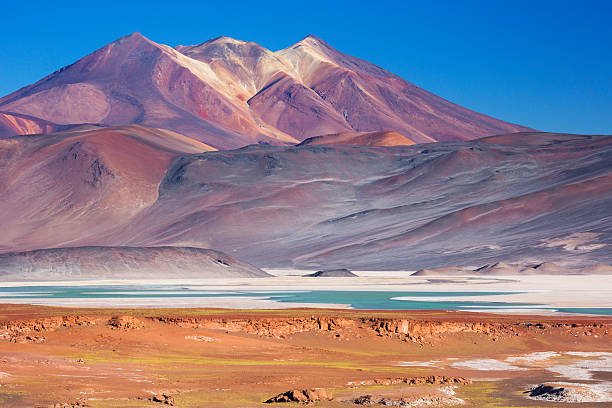
istockphoto.com -
Easter Island, often known as Rapa Nui, is a Chilean dependency in the eastern Pacific Ocean. It is the Polynesian island world's easternmost outpost. It is well-known for its massive stone sculptures. The island lies 1,200 miles (1,900 kilometers) east of Pitcairn Island and 2,200 miles (3,540 kilometers) west of Chile. It covers an area of 63 square miles (163 square kilometers), forming a triangle 14 miles (23 km) long by 7 miles (11 km) broad; its highest point, Mount Terevaka, is 1,969 feet (600 meters) above sea level.
This island is home to a one-of-a-kind cultural phenomena. A Polynesian-based culture that established there. A.D. 300 developed an independent, strong, inventive, and unique heritage of monumental sculpture and building. From the 10th through the 16th centuries, this culture constructed shrines and erected massive stone statues known as moai, resulting in an unparalleled cultural environment that continues to attract people all over the world.
- Entrance fees: USD $80 or $ 54,000 pesos for all non-Chilean visitors
- Location: Easter Island, Valparaíso, Chile
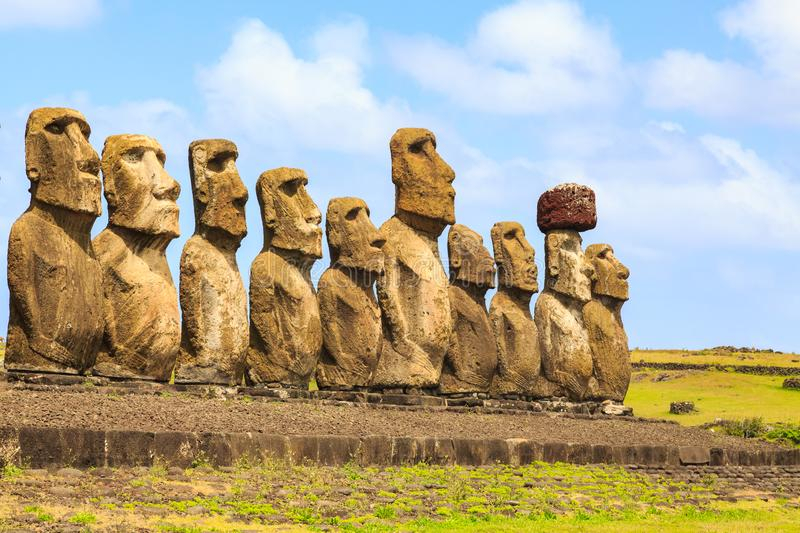
dreamstime.com 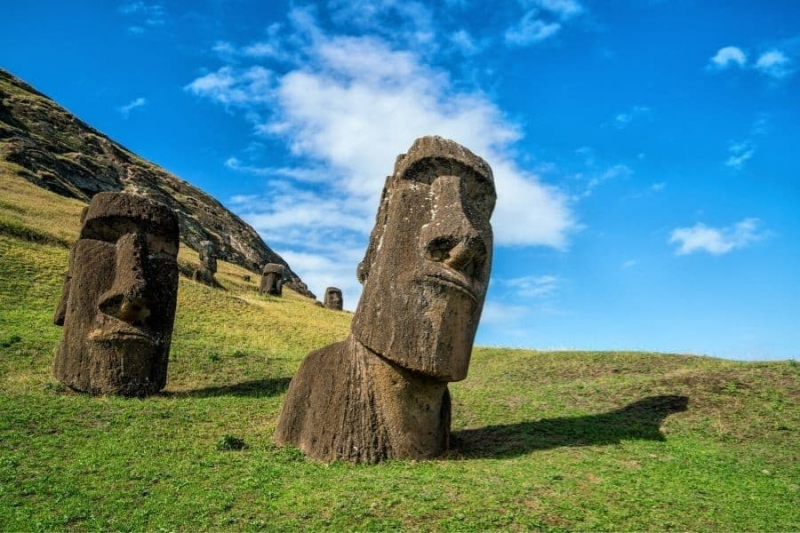
myflyingleap.com -
You wouldn't be incorrect if you associated Santiago with towering towers, rolling vineyards, and soaring mountains. Santiago, located in the Maipo Valley and framed by the majestic Andes to the east and the Pacific Ocean to the west, captivates visitors with its breathtaking vistas, neoclassical architecture, and inventive cuisine. Santiago hasn't always been so appealing: during the course of its almost 500-year history, the city has survived invasions, dictatorships, and earthquakes. However, an economic boom in recent decades has helped Santiago recast its image and win it a spot on the tourism map alongside other prominent South American cities like as Buenos Aires and Rio de Janeiro. Santiago is still evolving today, with Latin American spirit and European flare influencing its art-centric barrios (neighborhoods). Along Santiago's streets, you'll discover centuries-old houses and huge churches coexisting with cutting-edge businesses and contemporary galleries, all of which serve as reminders of the city's varied history and present.
- Best things to do: Join a walking tour, seek out Santiago’s street art, climb Santa Lucia Hill, take a deep dive into Santiago’s nightlife,etc
- Location: Chile
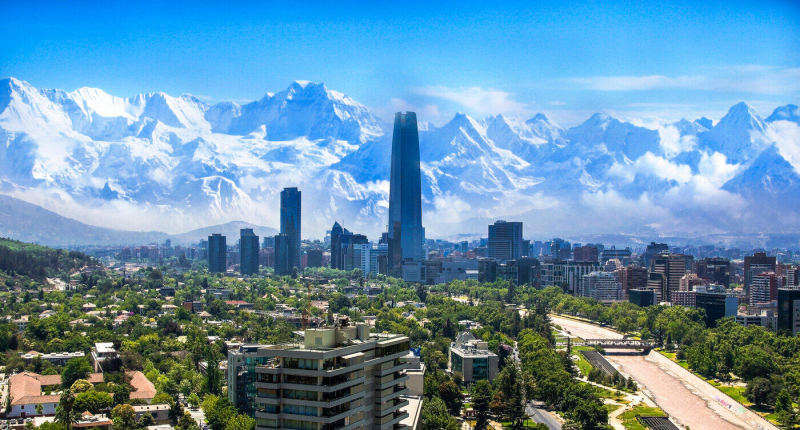
digitalnomads.world 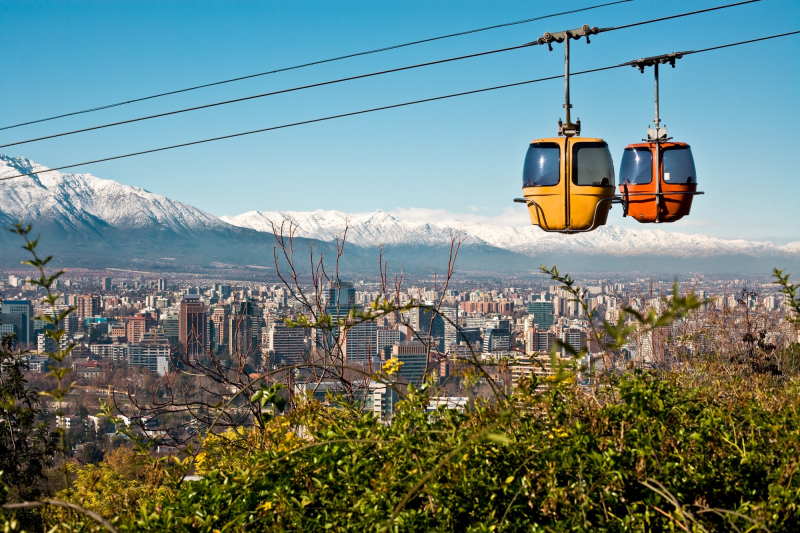
worldtravelguide.net -
The Chiliean Lake District's breathtaking scenery makes it a solid favorite among Chilean visitors. Breathtaking glacial lakes reflect the frozen peaks of dormant volcanoes and the lush vegetation of adjacent national parks.
This 300-kilometer-long (186-mile-long) territory was originally the heartland of the valiant Mapuche people, who battled off Inca and Spanish invasions. It has evolved from prosperous farmlands to the calm tourist destination that it is today.
Pucón, a charming community perched along the numerous lake shorelines, offers activities such as horseback riding, hiking, fishing, mountain climbing, nature hikes, and water sports. Pucón is located on the beaches of Villarrica Lake, close to the active Volcano Villarrica.
Visitors to this site will be treated to spectacular vistas and sceneries, as well as great activities such as hiking up the volcano and relaxing in a natural hot spring.
- Best things to do: Ski in Parque Nacional Conguillío, Hike in Parque Nacional Vicente Pérez Rosales, Go dog sledding, Climb up a volcano, Bob around in Pucón’s thermal springs, etc.
- Location: Southern Chile
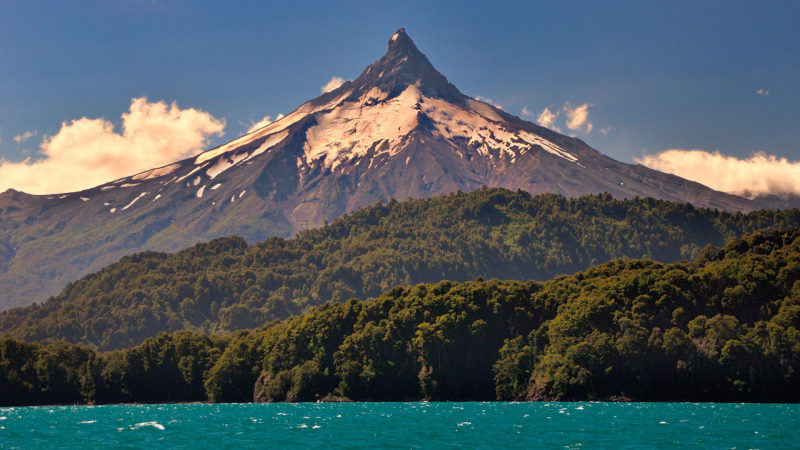
andbeyond.com 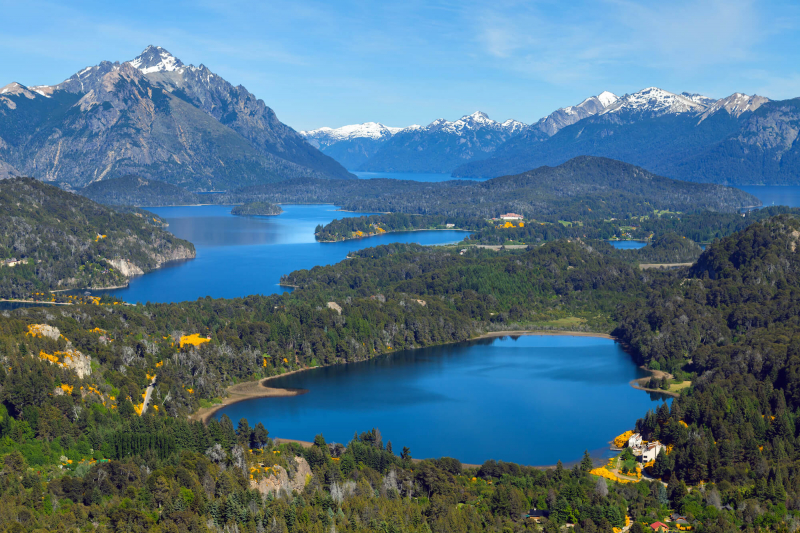
journeylatinamerica.co.uk -
Considered something of a Holy Grail for tourists – and the equivalent of Mount Everest for yachting types – and is well worth the effort, if not the bragging rights, if you can get there.
Cape Horn, the penultimate stop before Antarctica and the world's southernmost point, has long been renowned as a sailor's graveyard due to its isolation, perilous shoreline, and severe waves. While the Panama Canal has made it less essential as a trading route, it has grown in popularity among serious sailing aficionados and is included in a number of interesting races.Cruise ships may be the greatest alternative. A lot of cruise ships sail by Cape Horn on their way to Antarctica and, weather and sea conditions allowing, will halt for an hour here. Passengers depart through inflatable boats, so this portion of the voyage can also be challenging.
Once onshore, passengers may make the short cliff-top trek to the Cape Horn Memorial Sculpture, which is possibly the ultimate tourist selfie site. This magnificent structure and its amazing vistas welcome you to the bottom of the planet.- Loation: Hornos Island, Southest Chile
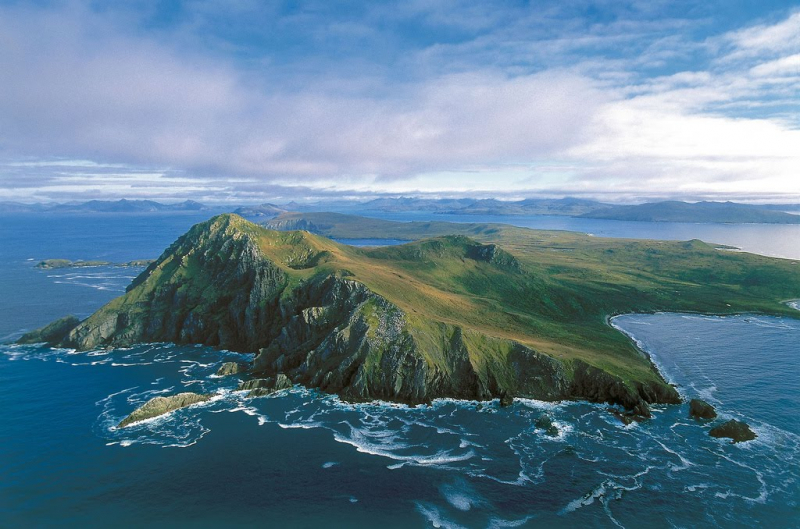
sites.google.com 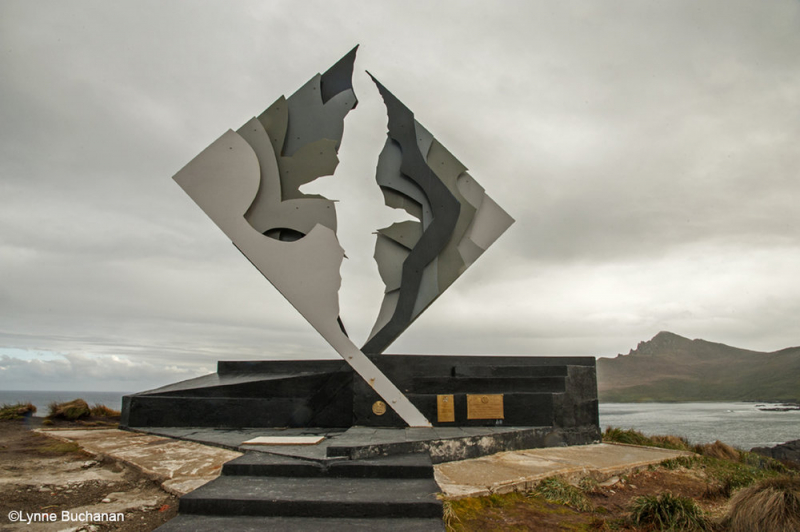
lynnebuchanan.com -
Valparaiso's tangle of hills, bohemian and colorful, has long inspired poets and authors. At every step, you'll uncover something new: a hidden treasure of a structure, a magnificent art gallery, or a gourmet 'find'.
Enjoy the bizarre architecture of this World Heritage Site. Stroll through its small alleyways, climb its never-ending staircases, ride its old funicular lifts, and take in the panoramic vistas from its numerous towering vantage spots. Feel the energy in the air at one of the city's numerous carnivals, or ring in the New Year with a bang at Valparaiso's ocean-front fireworks display.
Don't miss out on seeing the port and fishing wharves, which will give you a true sense of Chile's unique maritime side. At the market, you may buy or try freshly caught seafood while listening to the fishermen's stories.
- Best things to do: Stretch your legs on the Paseo Rubén Darío, Have fun in funky Cerro Concepcion, Hit the beach at Playa Torpederas, Wander the Museo a Cielo Abierto, etc.
- Location: Central Chile
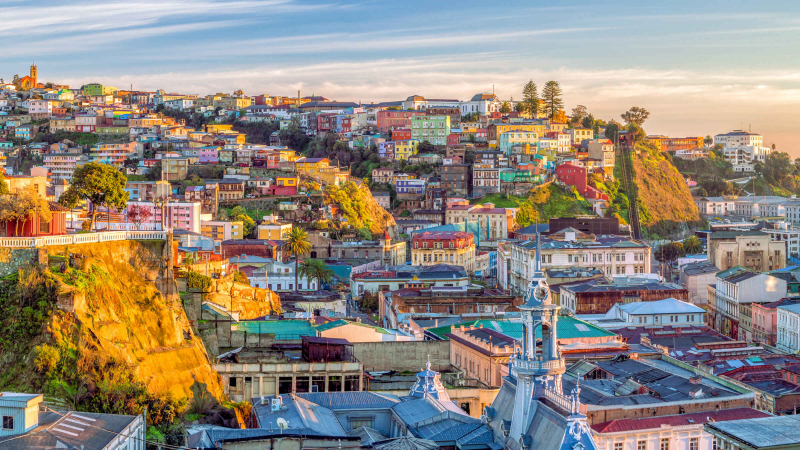
chile.travel 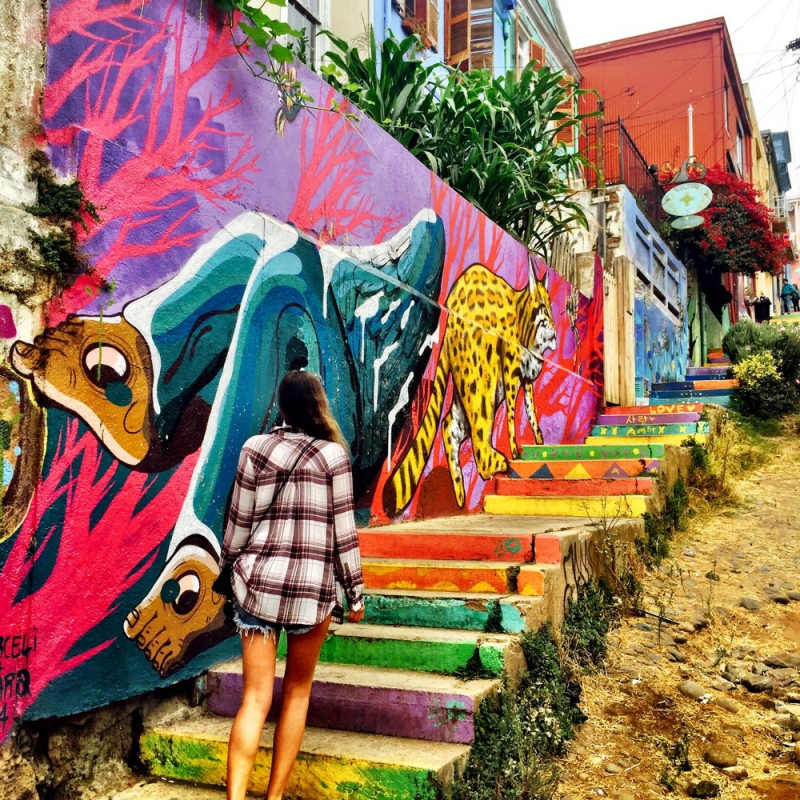
erasmusu.com -
Lauca National Park, in northern Chile, is part of the Lauca Biosphere Reserve. With hundreds of different bird species, abundant fauna, volcanoes, and lakes, the park is a wild and exciting location. UNESCO designated this area as a Biosphere Reserve in 1980.
Lauca National Park is only a three-hour journey from Arica's Pacific port, yet it feels like a world apart. The park is located in the Andes, approximately 4000 meters above sea level, and is significantly wetter and more vibrant than the Atacama desert. There is an abundance of animals, including llamas, alpacas, vicuas, and chinchillas, as well as the more elusive foxes, deer, and armadillos.
The park is well-known for its diverse flora and wildlife, as well as its attractive uncultivated areas. It is a must-see for nature lovers, hikers, and explorers of all kinds. Let's take a look at some crucial things to think about before arranging a trip to Chile's Lauca National Park, as well as how to make the most of your stay there.
- Entrance fees: Free of charge
- Location: Putre, Arica y Parinacota, Chile
- Tips:
- Best season is recommended to visit the park between September and December
- It is important to buy food supplies in Putre or Arica before heading to the It is critical to pack warm gear and be prepared for low temperature. If you intend to camp, pack a good sleeping bag that will allow you to sleep in these conditions. It is critical to have sunscreen with you for use during the day.
- If you decide to rent a car to go to the park, it is really important to fill your tank in Arica, since in Putre there is NO gas station.
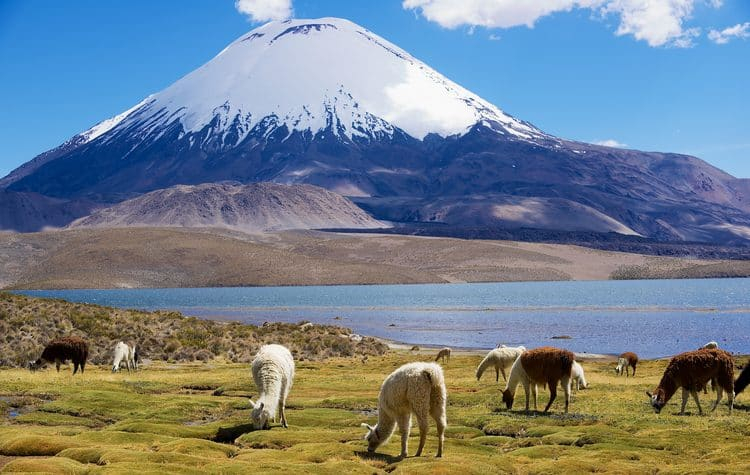
.kuodatravel.com 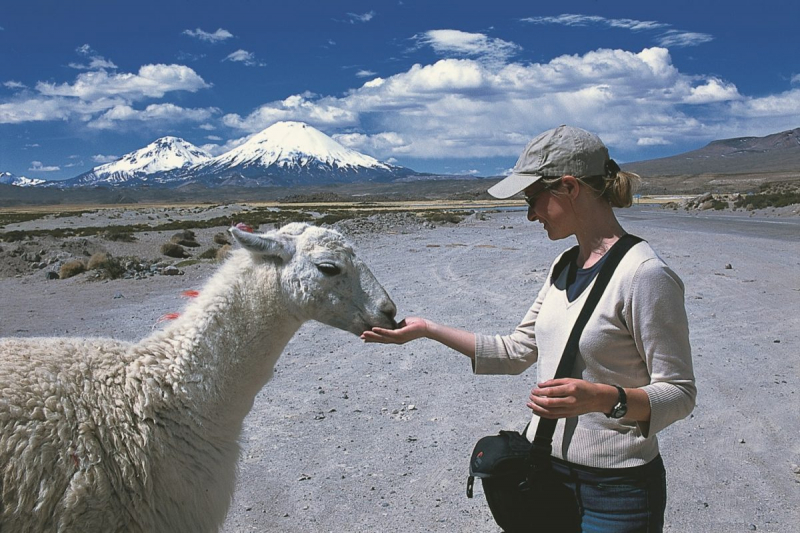
journeylatinamerica.co.uk -
Los Pigüinos, located 35 kilometers from Punta Arenas in the Magellan Straits, is made up of two islands totaling 97 hectares: Isla Marta with 12 hectares and Isla Magdalena with the rest 85.
Aborigines have been visiting the islands to hunt since time immemorial. Later, Spanish and pirate ships came and gave the islands new names - the ones that are still in use today were given to them by Sarmiento de Gamboa.
You may take a cruise to the islands to witness the massive flocks of birds, mainly Magellanic penguins and other cormorant species. The penguin population numbers around 200,000 individuals, and they build tunnels in which to deposit their eggs.
On the island, there is a National Monument lighthouse that offers a panoramic view of Isla Magdalena. There is also an Environmental Interpretation Center with display panels on the history of the Straits of Malacca shipping.
- Entrance fee:
- Chilean citizens: 3000 CLP
- Foreigners: 5,000 CLP
- Opening time: 9am- 7pm, from October through March
- Location: Magallanes, Punta Arenas, Magallanes y la Antártica Chilena, Chile
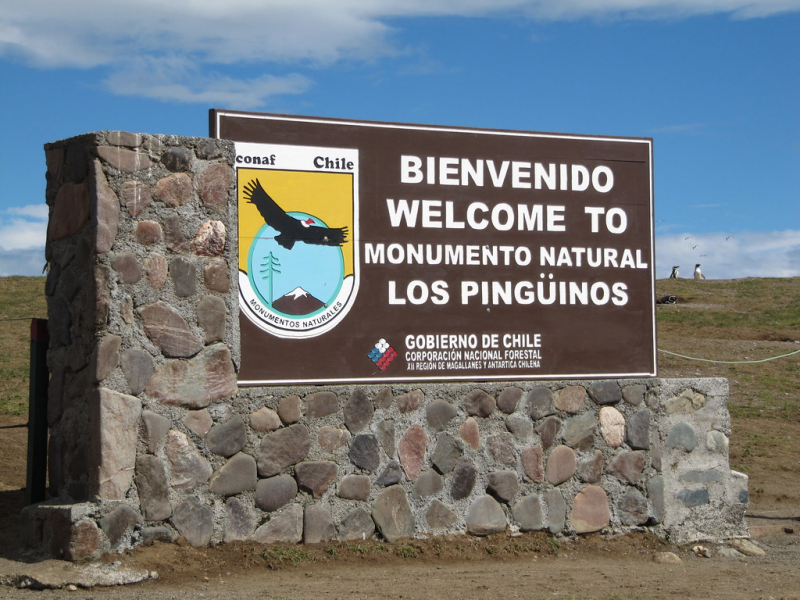
flickr.com 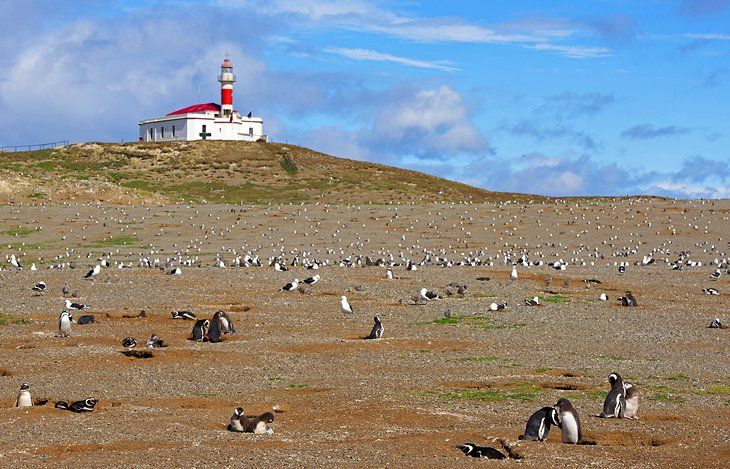
pinterest.com - Entrance fee:
-
Chiloé National Park, located on Chiloé Island, the country's second biggest island, is definitely worth adding to your trip itinerary. Chiloé Island is incredibly distinctive, despite not being as rough as the remainder of the country's most stunning terrain.
It looks in places like the type of rural geography you'd expect to see in areas of Europe — Germany comes to mind – and it's a joy to explore.
Aside from the island's several ancient distinctive wooden churches, which are vestiges of the communities formed by Jesuit priests who landed here in the 1600s, there are also lots of charming, colorful old dwellings. They are called "palafitos" because they nestle along the beach and are lifted out of the sea on stilts. Many of the island's historic churches are also vividly decorated and should be seen.
Chiloé National Park has grown in popularity among tourists in recent years. The opportunity to witness species as diverse as blue whales and dolphins (sightseeing trips are offered) and the enormous penguin breeding grounds on the neighboring Islotes de Puihuil Natural Monument is a highlight of a visit to this area of great natural beauty. Sea kayaking, hiking, and eco-tourism are among the available activities.- Entrance fees:
- Chilean:
Adults(1)CLP$ 2.600
Children between 12 and 17 years old(1)CLP$ 1.600 - Foreigners:
AdultsCLP$ 5.200 - Children between 12 and 17 years old(2)CLP$ 2.600
- Chilean:
- Opening time:
Sunday 9am - 6pm
Monday - Saturday: 9am - 8pm - Recommended duration: 8 hours
- Location: Los Lagos,Chile
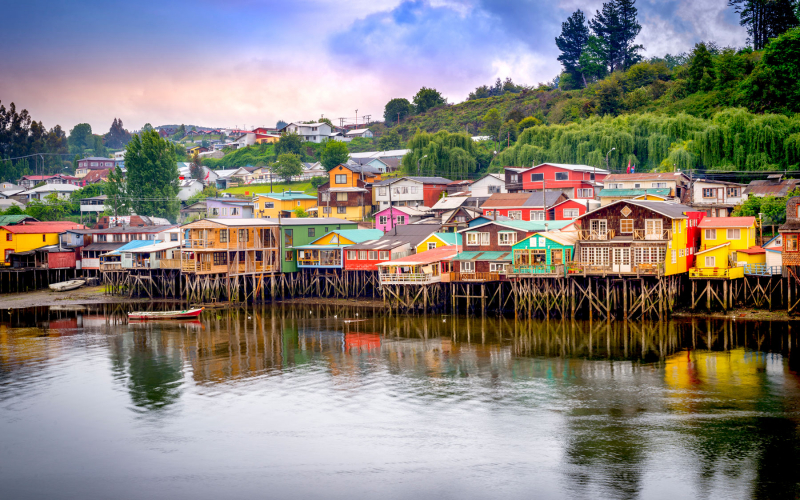
travelandleisure.com 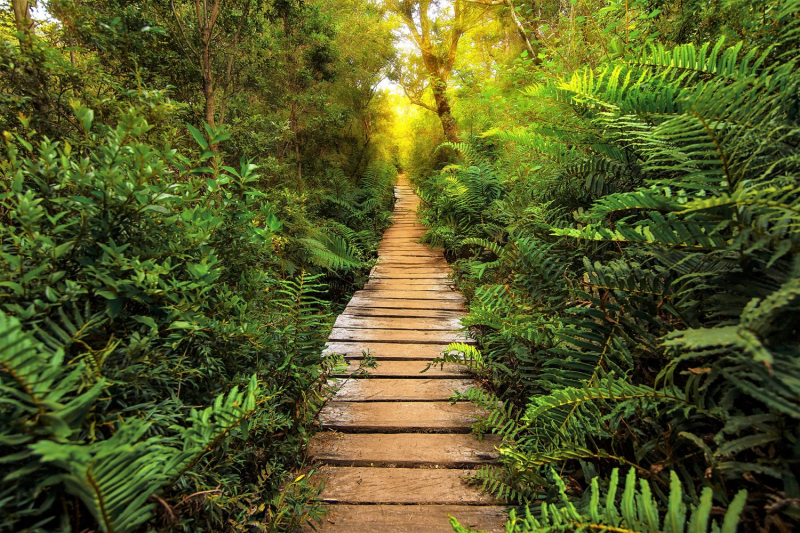
atacama21.com - Entrance fees:












